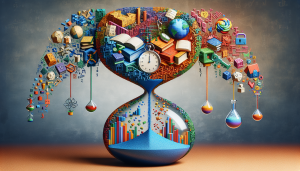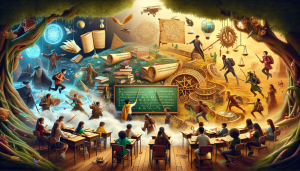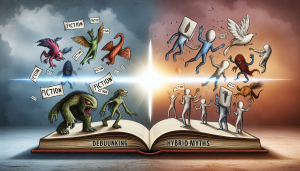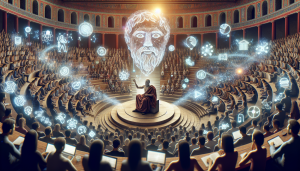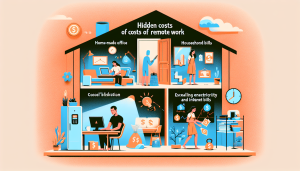Virtual Reality in Education: Beyond the Wow Factor
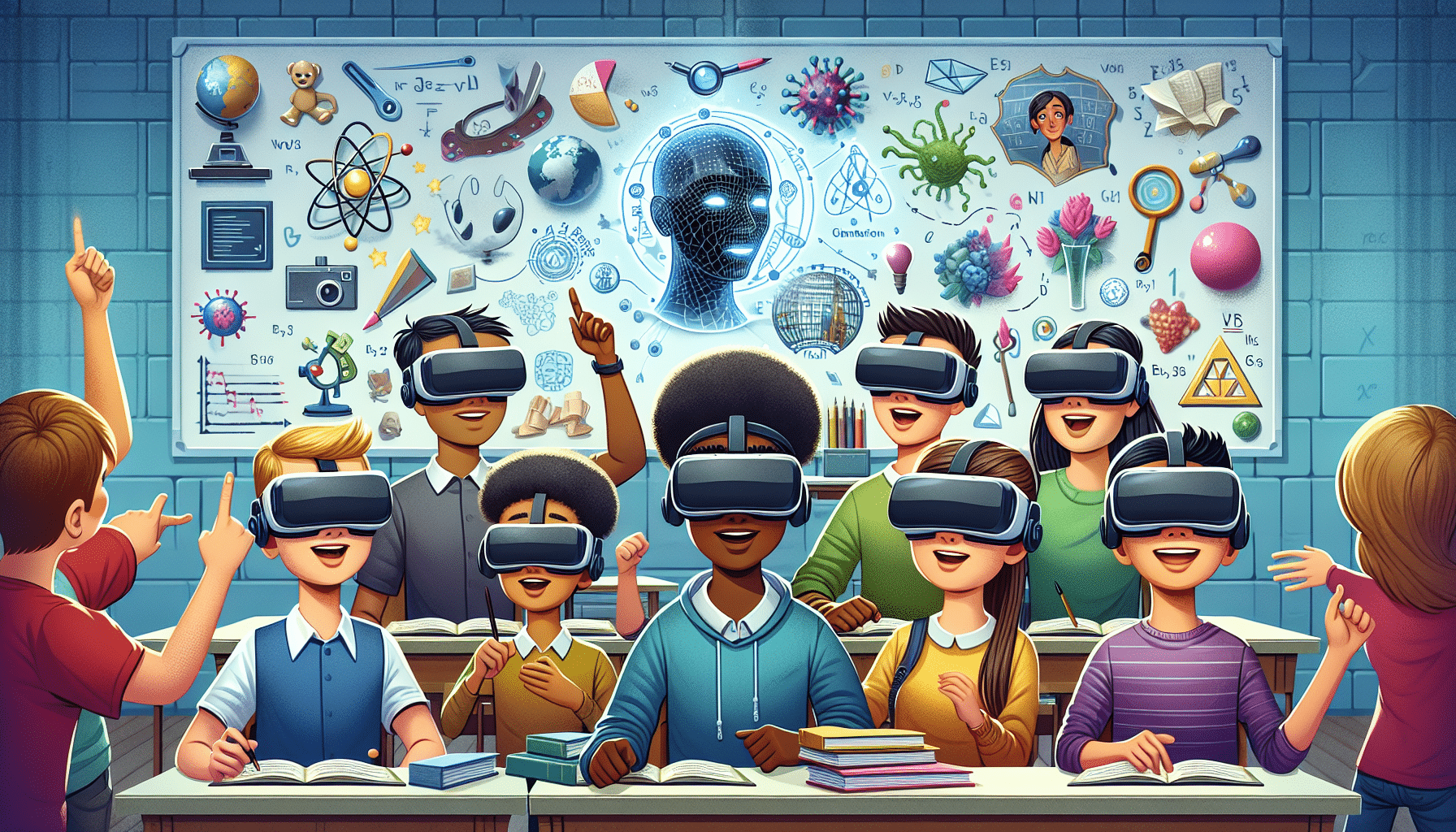
Virtual reality has revolutionized the way we experience entertainment and gaming, providing us with a whole new level of immersion and excitement. However, its impact goes far beyond the world of entertainment. In recent years, virtual reality has made its way into the education sector, bringing with it endless possibilities and opportunities for students and teachers. While the wow factor of virtual reality in education is undeniable, there is so much more to it than just the flashy technology. Let’s dive deeper into the world of virtual reality in education and explore its incredible potential.
The Power of Immersive Learning
Virtual reality technology allows users to fully immerse themselves in a digital environment, providing a sense of presence and engagement that is unlike any other. In an educational setting, this power of immersion can be harnessed to create truly transformative learning experiences. By transporting students to different places, times and scenarios, virtual reality can bring their learning to life in a way that traditional methods simply can’t.
For example, students studying history can visit ancient civilizations, virtually walk through historical events, and interact with historical figures, experiencing the past in a way that textbooks and lectures could never achieve. This level of immersion not only makes learning more fun and engaging, but it also enhances retention and understanding of complex concepts.
Beyond the Classroom Walls
One of the greatest benefits of virtual reality in education is its ability to break down geographical barriers. With virtual reality, students can take virtual field trips to places that would otherwise be difficult or impossible to visit, such as the depths of the ocean, outer space, or even the microscopic world. This technology also allows for collaboration and communication with students and experts from around the world, providing a global perspective and fostering cultural exchange.
Moreover, virtual reality can also bridge the gap between theory and practice. For subjects like science, engineering, and medicine, virtual reality simulations can provide students with a safe and controlled environment to conduct experiments, practice procedures, and test their knowledge and skills. This not only enhances learning but also prepares students for real-world scenarios.
The Need for Proper Implementation
While the potential of virtual reality in education is vast and exciting, proper implementation is crucial for its success. This technology should not be seen as a replacement for traditional teaching methods but rather as a powerful tool that can enhance and supplement them. It’s essential to have well-trained educators who can effectively integrate virtual reality into their curriculum and guide students in their learning process.
Additionally, it’s crucial to have access to high-quality, educational virtual reality experiences that align with curriculum objectives and learning outcomes. This requires collaboration between educators and virtual reality developers to create content that is not only visually impressive but also educationally valuable.
Final Thoughts
Virtual reality has the potential to revolutionize education by providing students with immersive and interactive learning experiences. While the wow factor of this technology is undeniable, its true value lies in its ability to enhance learning and break down traditional boundaries. As we continue to explore and refine the use of virtual reality in education, we can look forward to a future where every student has access to limitless learning possibilities.


